by Claude Lecouteux, author of several books, including the newly released Tales of Witchcraft and Wonder
The Middle Ages—a descriptive phrase that encompasses a span of ten centuries and which was invented by the librarian of the Pope in 1469—represent a period that is poorly known to most people. The Middle Ages were allegedly “dark,” namely, the so-called Dark Ages. But this period also witnessed the blossoming of oral traditions whose echo can be found in many texts that have come down to the present day. Epics and romances, tales and legends, fabliaux and lays, were all performed aloud and every minstrel and jongleur had a repertory at their disposal. These original medieval tales rarely possess the form in which we might find them today in the versions of Charles Perrault, Madame d’Aulnoye, or the Brothers Grimm. They were most often included in the romances, in which they would constitute an episode, or else were fictionalized.
In my new book, Tales of Witchcraft and Wonder, written with my wife Corinne Lecouteux, we share fantastical medieval stories of witchcraft, wonder, and the supernatural along with commentary for each tale, revealing its historical context, cultural and esoteric associations, and hidden pagan and folk beliefs. We explore how the tales transformed over the ages as well as their origins in Classical Antiquity, the Middle East, and India.
With Halloween and Samhain on the horizon, here are some tales from our book fitting for this time of year along with a sample of our commentary about the stories.
The Bat
Once upon a time, the animals declared war on all the birds that had feathers for flying. There was a large and brutal battle that lasted for a very long time but the outcome was indecisive. Madame Bat, fearing that the birds were on the losing side, did not want to stay with them for long. “With my claws, my muzzle, and my head, I look like an animal,” she told herself. Thus, she departed the birds to help her enemies, the animals.
However, the eagle had put all his effort into fortifying, rallying, and assisting his troops. He inspired them with so much courage for the battle that they fought proudly and cut down the pride of the animals.
They struck their foes so hard and so much that they emerged victorious. The animals dashed forth in large numbers in vain; they were not able to mount any resistance and the victors then dealt with the bat.
They plucked out all her feathers, thrashed her, and gave her a good beating for abandoning them. She remained all black and bare, and the whole court condemned her to no longer fly during the day.
—Marie de France, “De vespertilione,” Fables (twelfth century)
- The story that inspired Marie de France explains some of the bat’s characteristics. It is a part of the group of etiological legends that respond to the questions raised by the people of a bygone day: “Why is the sea salty?” “Why is the crow black?” and so on.
The She-Wolf
A priest traveling with his servant spent the night in a forest. He had built a fire and was keeping vigil close to the flames when a wolf approached them and said: “Stay calm and do not be scared; you have no need to tremble when there is no cause for fear!” The priest then begged him in God’s name to do them no harm, and asked him what manner of creature he might be. “Our people were once cursed by a Bishop,” the beast answered. “We are forced, every seven years, to exile two persons, a man and a woman, from their land and to alter their shapes. They then take on the appearance of wolves. But when the seven years have passed, if they are still alive, they can return to their country and to their original nature, while another couple will replace them under the same conditions. My companion is gravely ill and living her final moments. Come and give her last rites.”
Overcoming his fear, the priest followed the wolf to a hollow tree where a she-wolf was lying. She was groaning and moaning like a human being. She greeted the churchman and asked for last rites, but he hesitated because he was looking at an animal. Then, the wolf, using his paw as if it were a hand, pulled back the hide from the she-wolf’s head and unrolled it down to her navel revealing the body of an old woman. The priest finished by giving her the communion she asked for and the wolf skin immediately covered her again.
In the morning, the wolf led the priest and his servant out of the forest, showed them the safest road, thanked them, and disappeared.
—Gerald of Wales, Topographia Hibernica, II, 16
- Behind this legend is hidden a belief in werewolves in Ireland that has been clearly confirmed since the twelfth century. Another account offers some information that completes this text: “One day the Irish began howling like wolves against Saint Patrick who was preaching the Christian religion to them. So that their descendants would have a visible sign of their ancestors’ lack of faith, the Saint asked God to make it so that some of them would be transformed into wolves for seven years and live in the forests like the animals whose appearance they had assumed.”
The Dead Guest
A drunkard once lived near a churchyard that he crossed through every evening when he was besotted with drink. One day, when making his way home by his usual path, he found a skull. He addressed it kindly:
“Poor skull, come home with me to share a meal!”
“Go ahead, I will follow you!” replied the skull.
Terrified and sobered up by these words, he returned home, his whole body trembling, and took a seat next to the fire. He had the door to the house shut and, when he went to sit at the table, he ordered his servants, if they valued their lives, to not let anyone, no matter who, come in. Suddenly there was a knock at the door by someone saying that the master of the house had invited him. Petrified by fear, they remained speechless; only one dared answer that the master was absent, but the stranger replied: “Tell him to open the door, for I know he is there, otherwise I will force myself in as I am more than capable of doing.” The master of the house pleads for divine mercy and had the door opened. Everyone there then saw a dead man enter. It was a skeleton upon which nothing remained by skin and tendons; all the flesh had disappeared. A nameless terror seized the household. The dead man washed his hands and took a seat between his host and his wife without any invitation. He neither ate nor drank, he spoke not a single word and his dreadful appearance plunged them into dread.
At the end of the meal, he stood up and took his leave, saying: “I had no need of the food you offered to me. If you had not made fun of me with your crazed words when you were drunk, I would have not shown up in this abominable form. Farewell! But in eight days, come to me at the same time when you invited me, and I will prepare a meal for you. You must come whether willingly or not.” Then he vanished.
The host and his entire family, frightened as they were, sought advice from people with experience so they could learn how to escape this danger. “Put your affairs in order, take confession and repent of your sins, take communion and, thus protected, wait for God’s judgment at the appointed hour,” was the only advice he was given.
On the appointed day he made his way to the meeting place with all his relatives. Suddenly a strong wind gently carried him, causing him no harm, to where he could see a superb castle—which was deserted. He entered and found a table containing a variety of delectable dishes. Then the dead man loomed up, bearing the same appearance he had before, greeted him amicably, and bid him to take a seat, while he himself sat down in an ill-lit corner at a dirty table covered with a soiled tablecloth on which some black bread had been placed. Then, looking as if he was weighed down with interminable sorrow, he gazed at his guest sitting at the fine table but unable to eat a thing because he was stunned and frightened. Finally, the dead man stood up and said to him:
“Have you nothing to ask me?”
“Knowing not what my fate shall be, I do not dare; however, I would like to know what fate has in store for me.”
“Do not be scared, nothing is going to happen to you. God has arranged things this way to make you a better person. If you had not invited me so rashly, none of this would have happened. As for me, know this: I was once a judge in your town; I neglected my religious duties and led a life of gluttony. Because I was a fair judge, God took pity on me. This is the penitence He has imposed on me: I live in this abandoned castle and, as punishment for my debauched ways, I have nothing but this poor, stained table. Nothing is going to happen to you; return home and atone for your sins with pious works.”
At that very moment, the wind picked him up and brought him back to the spot from which it had first taken him.
His family was still there and they were in mourning for him. When they caught sight of him, they fled because of how much he had changed. The nails on his hands and feet had transformed into eagle claws. The terror he had felt had turned his face black and deformed. Although his absence had been no more than an hour, it had felt like a thousand years. He hailed his relatives, told them of his adventure, and the praised God once they heard it. From that point on he led a virtuous life that ended peacefully.
- This is the oldest version of what would later become the legend of Don Juan, or the Feast of Peter as it appears in the play by Tirso de Molina, El Burlador de Sevilla (The Trickster of Seville, ca. 1620). This tale was widely published throughout Europe and could be found even in the twentieth century, notably in Ireland in 1938. Depending on the country, the dead man was the great grandfather or grandfather of the drunk or libertine. In the Brabant and in Italy, this latter man is named Leonce (Leontius). There are many variations. A bone sometimes takes the place of the skull (Slovenia, ballads of the southern Slavs), sometimes the dead man eats (Croatia), the meal served by the dead man consists of snakes, frogs, and toads (Spain); in the Brabant the dead man is described as a skeleton wearing a white robe. Quite often the story ends with the death of the drunkard (France, Italy, and among the southern Slavs); the dead man breaks his skull against a wall (Netherlands), drags him into his grave for supper and the man never comes out (Ireland), or else he dies eight days after he returns (France, story collected at La Celle-sur-Nièvre in 1819).
- In Brittany, Le Carnaval de Rospordern speaks of three young people, but only one of them behaves badly and dies. This branch of the tradition is remarkable because of the use the impious young man makes of the skull: he turns it into a mask that he dons to frighten the villagers. The story is given a locale in various places—Reims, Rennes, and so on. Paul Sébillot noted yet other variants and in the version found in the work of Adolphe Orain (1834–1918), the “hero” invites a skull to his wedding. “When the lid was removed from the soup pot that had been placed before the bride, a skull popped out that began leaping about the table between the plates and the serving dishes”; when the groom went to bed, “he recoiled in horror: his fingers had come to rest on the frozen, cold skull of the dead man.” Contrary to the other accounts, this skull has come with good intentions and it saves the husband from certain death, for his wife is a diabolical murderess. The edifying intention remains visible in all the texts that carry warnings against impiety and drunkenness, and some Dutch versions have as a title: “Exemplary Song on the Punished Impiety of a Free Thinker.”
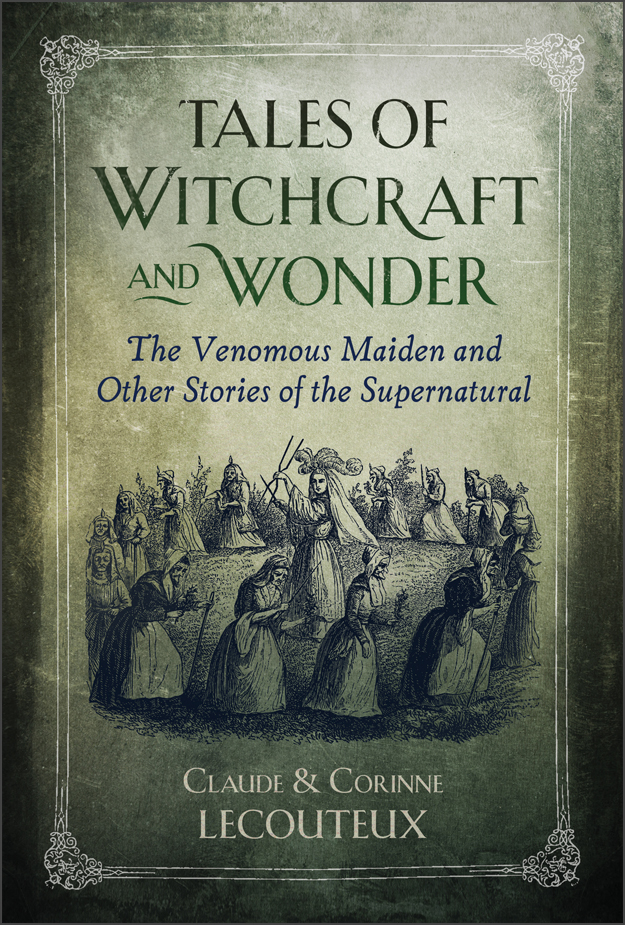 |
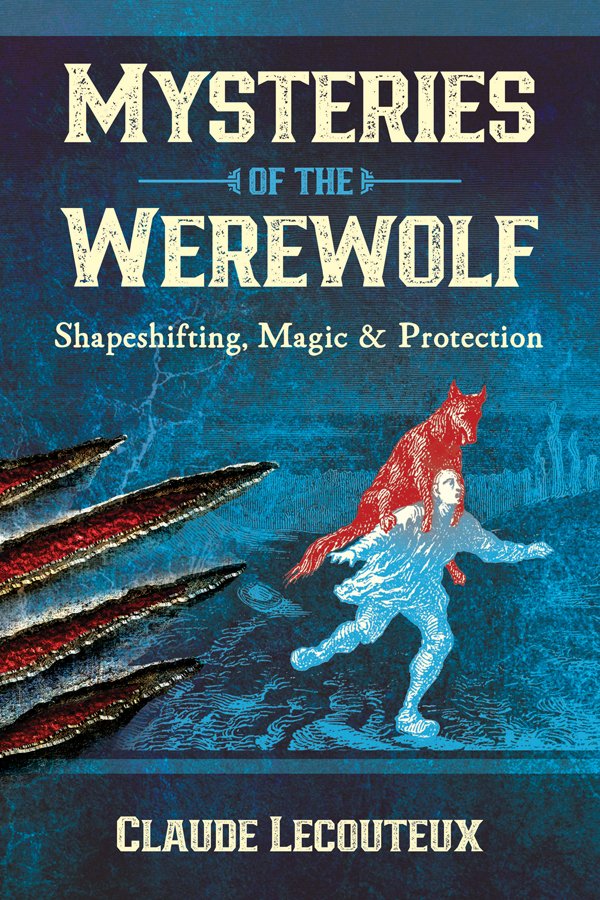 |
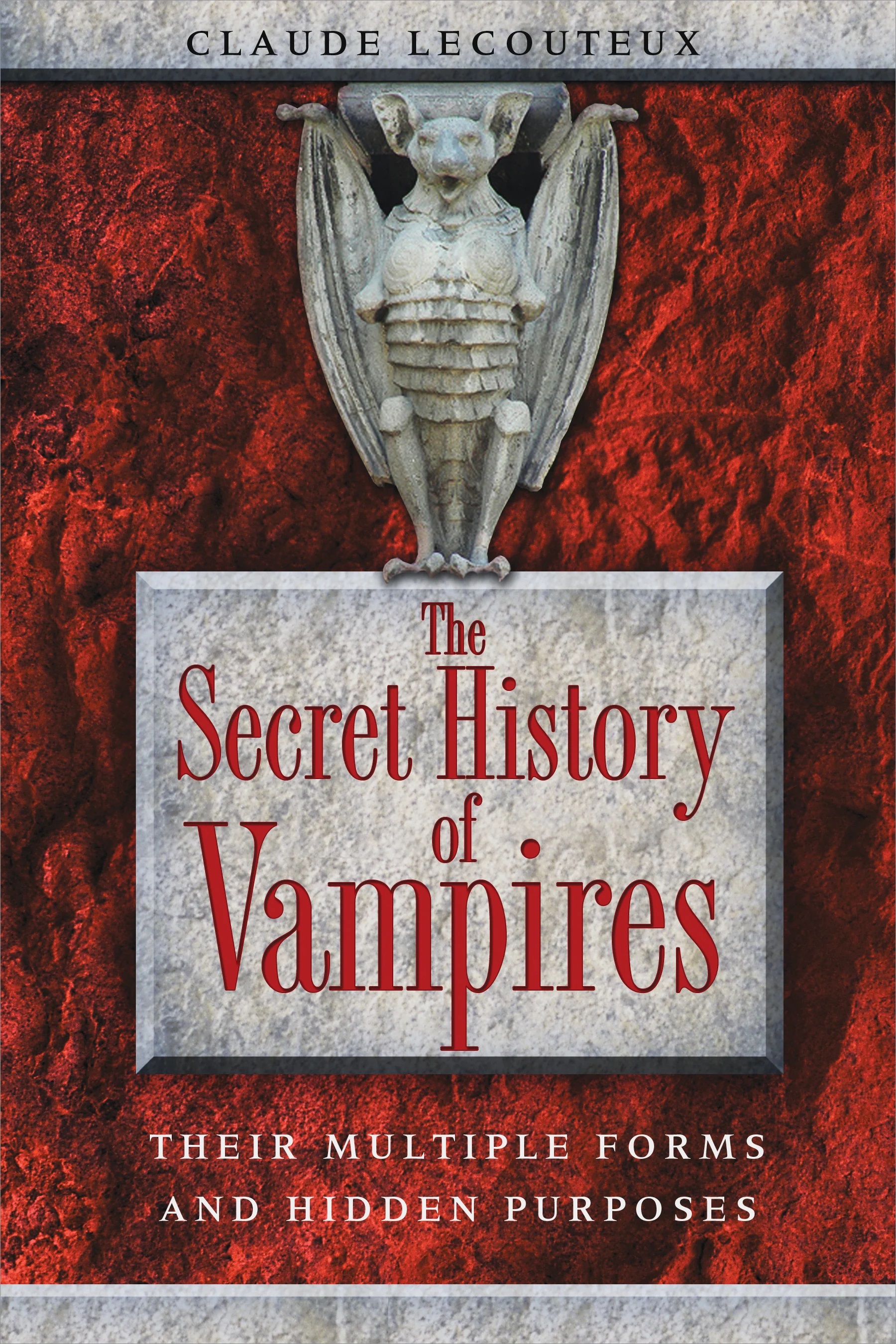 |
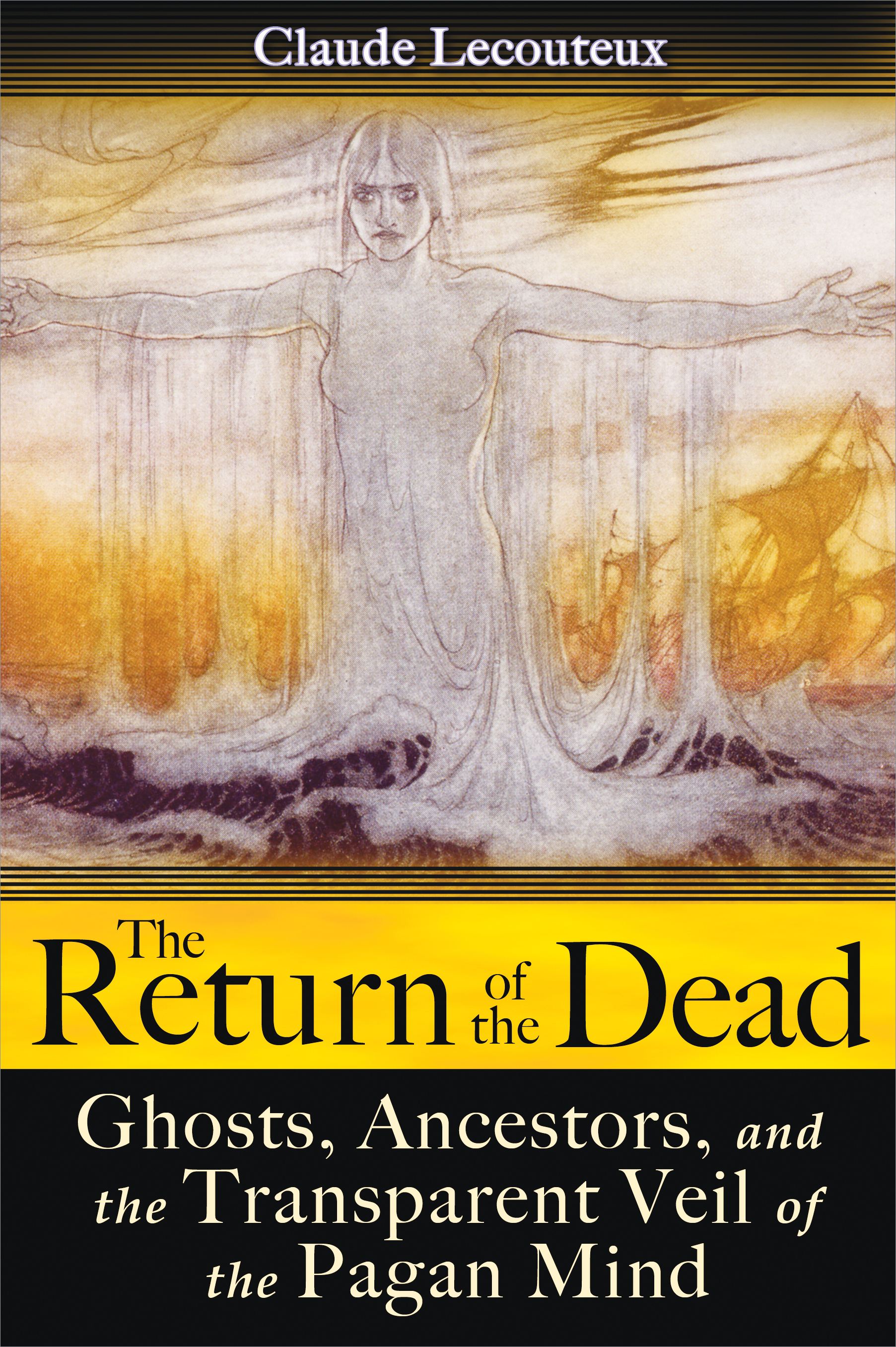 |
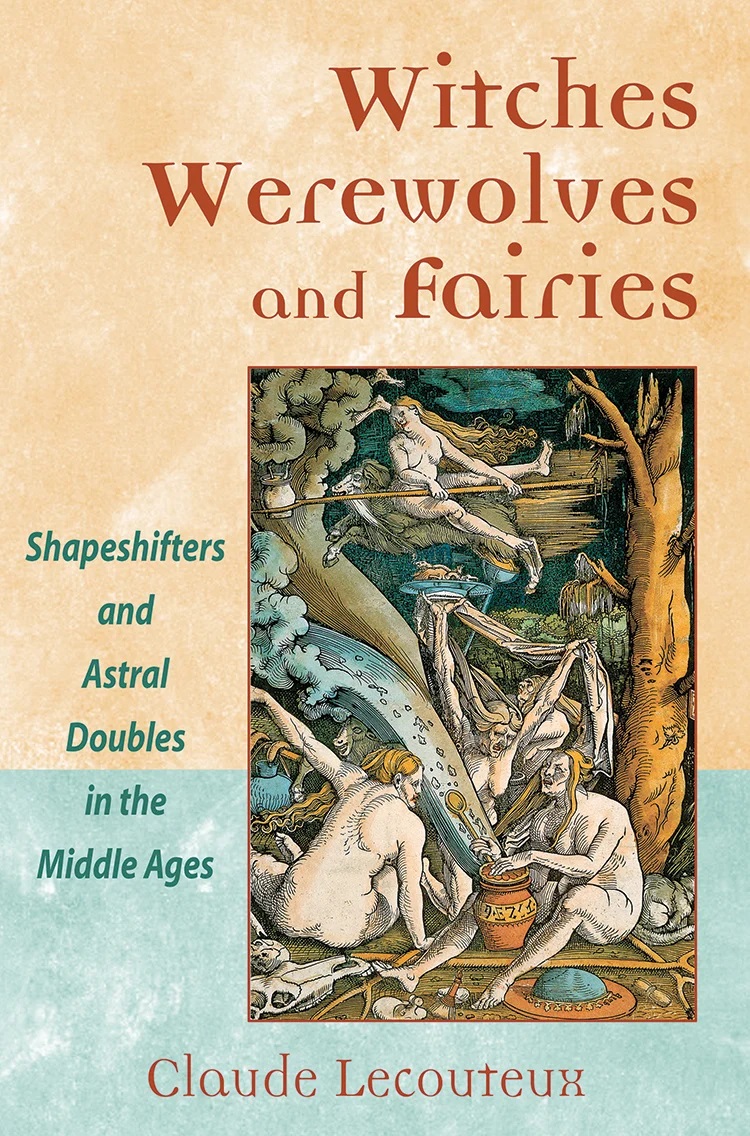 |
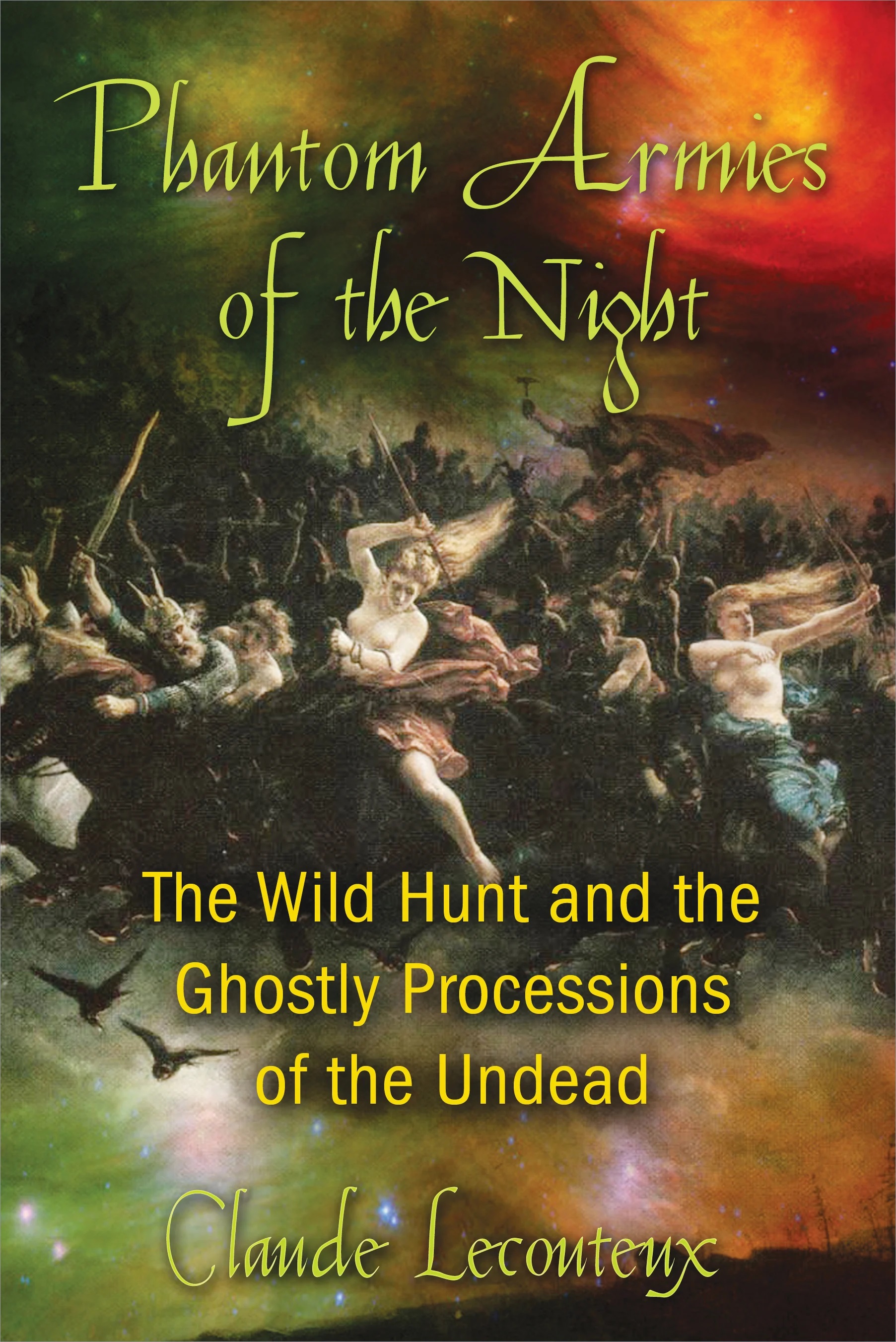 |
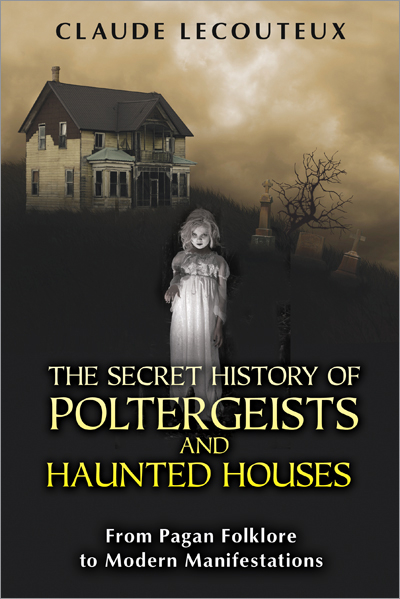 |
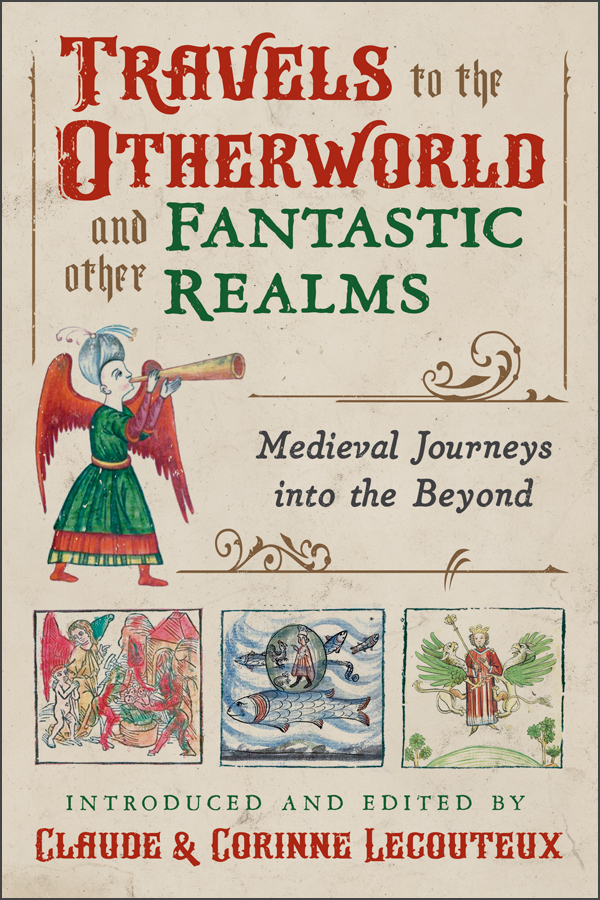 |



